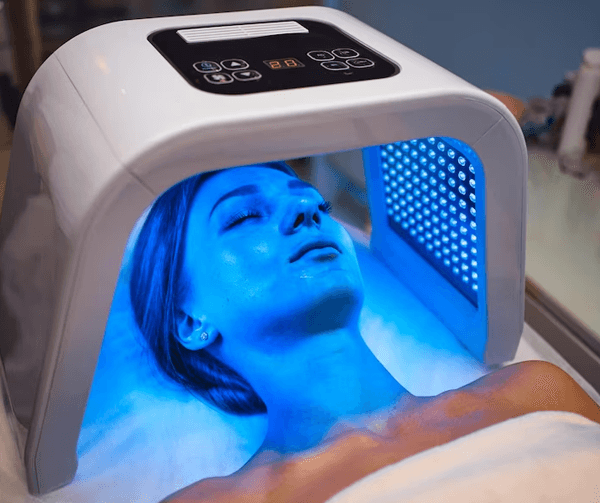In the previous article, we had looked at what body contouring is and who it is meant for. In this part, we will continue to look at other aspects of the same procedure.
Let’s start with the main steps in the body contouring procedure:
It is imperative that a person talk to their regular physician before undergoing any body contouring procedures. If the person has undergone bariatric surgery, then getting a go ahead from them, would be just as important. Depending on which part of your body will be operated on, the procedure will change a little, however, most of the steps in the procedure are pretty much the same.

- Body contouring is often performed in stages, which means that you will have to invest a lot of time into this. It is important that you and your doctor have clear and realistic plans, from the start.
- The first step is almost always anaesthesia, because the doctor will have to make sure that you feel minimal discomfort and there is no pain during the procedure. The type of anaesthesia being used will depend on the type of procedure. Your doctor will be able to advice you on whether you should have general anaesthesia or general sedation, and it would be wise to address your concerns and fears in advance.
- Every body contouring procedure will require large incisions and in some cases, they might be truly extensive. The length of the incision and the pattern of the same will be dependent on the amount of skin that has to be removed and the exact location of the same. The preference of the doctor and his or her surgical judgement will also dictate the decision. Modern day techniques allow for the incisions to be made in a manner that they are not easily visible or can be hidden quite easily by clothes.
- Body lift – If you are going for a complete lower body lift, you will be treated for the abdomen, waist, hips, buttocks and outer thighs, all in one procedure. The incision patterns might vary, and there could be a circumferential incision around the body. This incision will remove the portion of excess skin and fat that is often referred to as the belt.
- Breast lift – The patterns of incision will be based on how much excess skin needs to be removed. This could include a single incision or a combination of incisions around the areola. Alternately, there could be a long line, which will extend from the areola to the breast crease. If there is too much skin being removed, your doctor might recommend a breast implant, which will improve the shape as well as the size.
- Arm lift – When there is sagging skin in the upper arms, the incision will normally extend from the area of the underarm to the upper part. The incision might be made along the inner side of the arm or the back. The surgeon might choose to make additional incisions, based on the amount of excess skin. The results should start to become visible almost immediately, although there will be some bruising and swelling initially.
- Thigh lift – The incisions for a thigh lift depend on which part of the thigh is being targeted. For instance, if it is the inner thigh, the incision might be from the groin area to the knee, in a downward motion. However, if the skin has to be removed from the outer thigh, the incision might be from the groin, but this time, it will be around the hip.
- Once the excess skin has been removed, the remaining skin will be pulled in and sutures or staples will be placed, to start the healing process.
Moving onto the recovery process:
Once the sutures have been placed, dressings or bandages will be used to cover the incisions. In most cases, thin tubes have to be placed, because there tends to be a collection of fluid or excess blood and the tubes allow for the proper drainage. Your doctor will give you very specific instructions on how to take care of the surgical site and you will also be prescribed medications for faster healing. You will also be told when to meet your doctor for follow up visits. Your doctor might also ask you to avoid bending down, lifting very heavy weights or physically straining yourself for a few weeks. It will be important that you not strain any of the sutures and take your medications on time, to avoid any possible infections. In order to avoid clots in your legs, it will be important for you to start walking around, as soon as your doctor approves and ensure that there are plenty of fluids in your daily diet.
This is how the results will start to become visible:
When the weight loss is aggressive, the body contouring will be visible almost immediately, but for the final results to become truly obvious, you might have to wait for up to a year or more. However, you have to be aware of the fact that the scars will be visible and while they might fade a little, they will never disappear. The effects of the body contouring will be visible for a really long time, provided you are willing to ensure a healthy lifestyle, moving forward, which will include diet as well as exercise. With age, there will be a loss of firmness, but that is completely natural.
There are some risks and complications associated with body contouring:
- Bleeding
- Infection
- Accumulation of fluids or blood
- Improper healing of wounds
- Loss of skin
- Blood clots
- Excessive scars
- Changes in skin sensation
- Irregularity in the contouring
It is of utmost importance that you talk to your doctor about all these things, before you sign on any dotted lines.








